1. “Eve of Destruction” – Barry McGuire
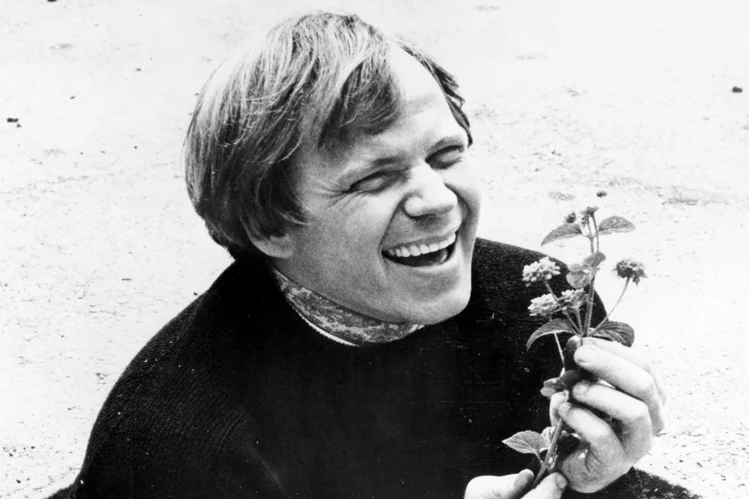
In 1965, Barry McGuire’s gritty protest anthem topped the charts and captured the turbulent mood of the decade. With lyrics about war, racial tension, and nuclear fears, it struck a chord with young listeners. For a brief time, McGuire seemed like he might become the voice of a generation.
But the song’s heavy political message also made it controversial, and McGuire couldn’t keep the momentum going. Folk-rock quickly shifted to acts like Bob Dylan and The Byrds, and his career cooled. While it was once inescapable, “Eve of Destruction” is now more of a historical footnote than a radio staple.
2. “Young Girl” – Gary Puckett & The Union Gap

Few songs were bigger in 1968 than Gary Puckett’s dramatic ballad about forbidden love. With its powerful vocals and orchestral arrangement, it shot up the charts and became a worldwide hit. Gary Puckett & The Union Gap were instantly recognizable thanks to their Civil War–style uniforms and booming sound.
But by the early ’70s, their popularity waned. Changing tastes pushed their melodramatic style aside, and “Young Girl” slowly faded from playlists. Still, for a time, Puckett was one of the most recognizable voices on the radio.
3. “Last Train to Clarksville” – The Monkees
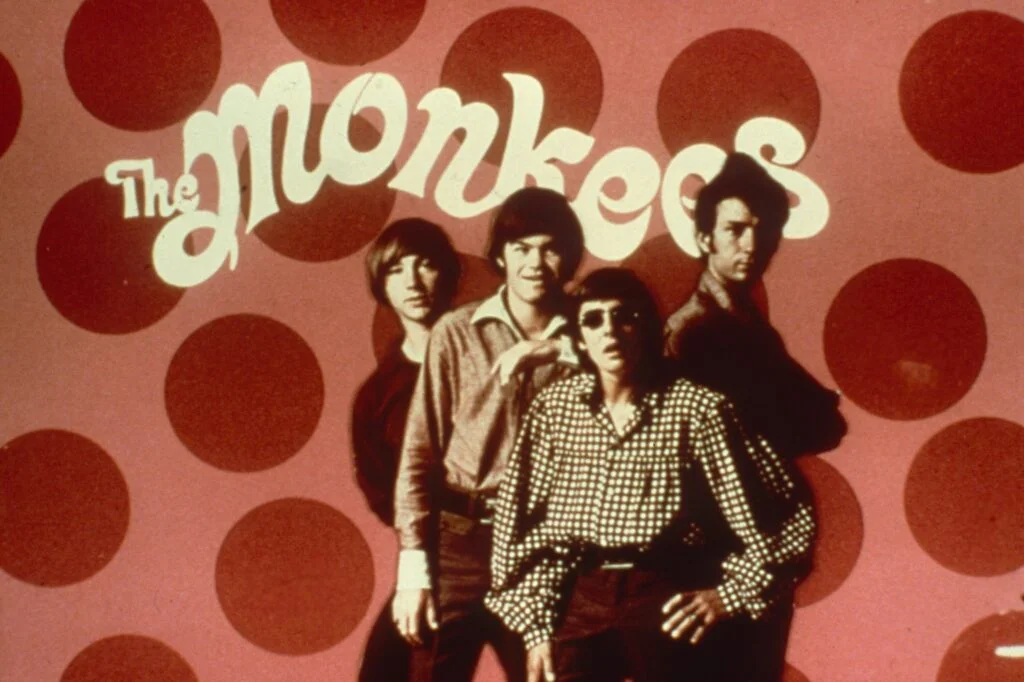
When The Monkees debuted on TV in 1966, their first single, “Last Train to Clarksville,” became a runaway hit. Its jangly guitars and catchy chorus were irresistible, and fans rushed to buy the record. It gave the so-called “Prefab Four” instant credibility as pop stars.
Yet, despite the group’s initial frenzy, the song doesn’t get as much attention today compared to “I’m a Believer” or “Daydream Believer.” It was huge in its time, but history has shuffled it toward the sidelines. For those who remember the early Monkees craze, though, this was the one that started it all.
4. “Dizzy” – Tommy Roe

Tommy Roe already had some success, but 1969’s “Dizzy” was his career-defining moment. The song was a whirlwind of upbeat energy with its spinning, carnival-like melody, and it topped the charts in multiple countries. For weeks, you couldn’t escape it.
But bubblegum-style pop faded quickly once the ’70s arrived. Roe never repeated that level of success, and “Dizzy” became more of a quirky memory than a timeless classic. It was massive at the time, though, and a reminder of how fast musical trends could spin in and out.
5. “This Diamond Ring” – Gary Lewis & The Playboys
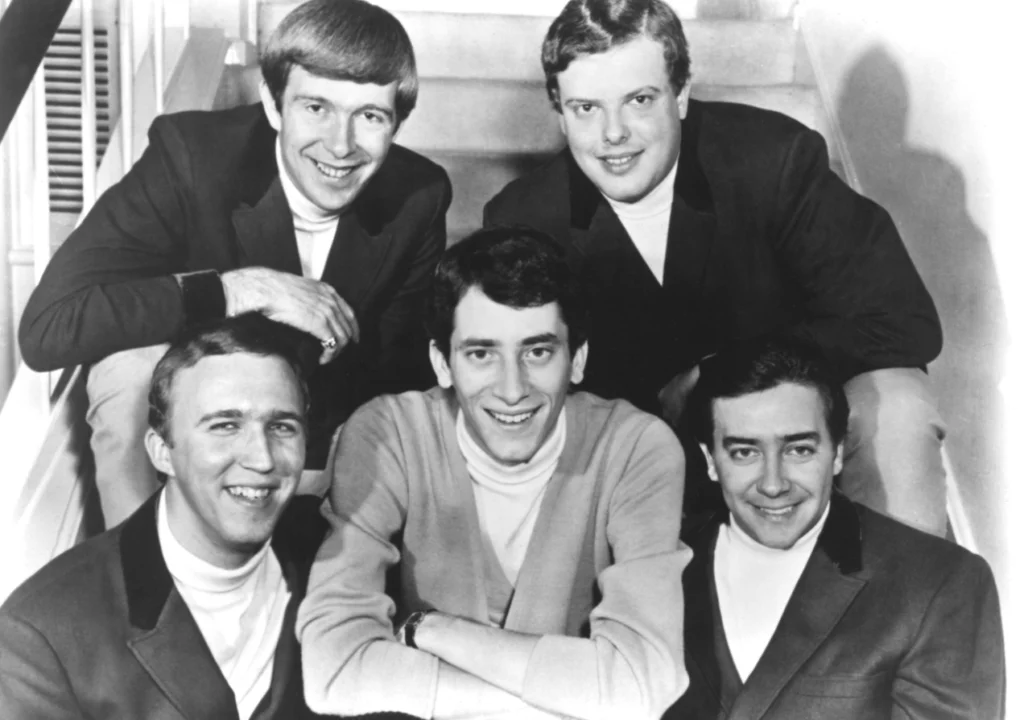
In 1965, Gary Lewis & The Playboys stormed the charts with this bright pop hit. Produced by the legendary Snuff Garrett and featuring session players like Leon Russell, the song had a polished sound that teens loved. Gary, the son of comedian Jerry Lewis, became a star in his own right.
But the group couldn’t maintain their success as the British Invasion grew stronger. “This Diamond Ring” stayed in people’s heads for a while but slipped into obscurity. Still, it was a defining pop moment of the mid-’60s.
6. “98.6” – Keith
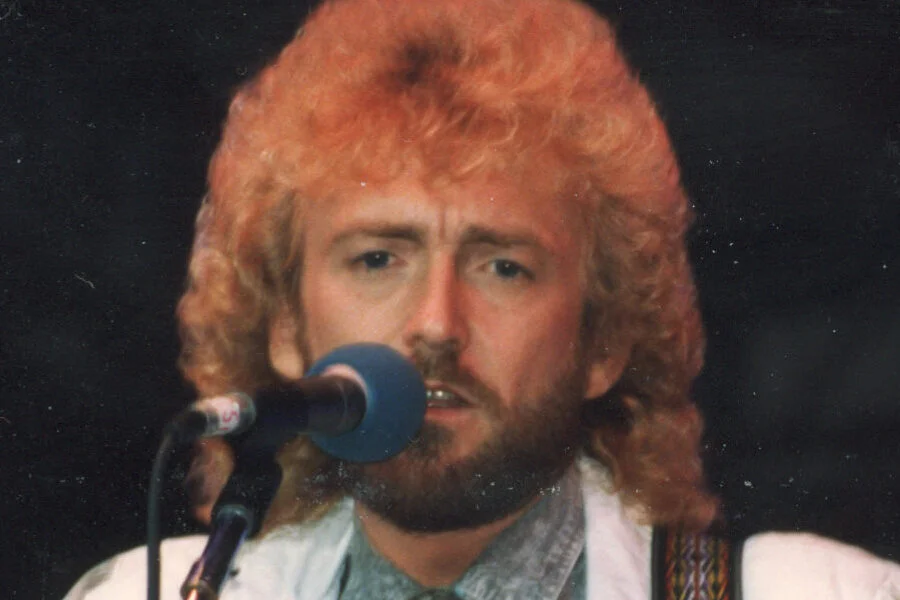
This 1967 hit was cheerful, breezy, and impossible not to sing along to. With its quirky title referencing normal body temperature, Keith’s song became a radio staple. It felt like pure sunshine in musical form.
However, Keith’s career didn’t stretch much beyond that one big hit. By the late ’60s, the pop landscape had shifted, and “98.6” was left behind. It’s one of those songs that, when you hear it now, instantly takes you back to the era.
7. “She’s Not There” – The Zombies

When The Zombies released “She’s Not There” in 1964, it was an instant smash, reaching the Top 5 in both the U.S. and the U.K. Its jazzy keyboard riff and Colin Blunstone’s haunting vocals made it stand apart from the other British Invasion hits of the time. The song was moody, sophisticated, and felt different from the upbeat pop dominating the airwaves.
But despite its success, The Zombies struggled to match that early impact until much later with “Time of the Season.” In the meantime, “She’s Not There” slipped away from mainstream radio rotations. While fans of British Invasion music still treasure it, the track doesn’t get the same recognition as songs from The Beatles or The Rolling Stones. Still, it was once a defining hit of the mid-’60s.
8. “Turn-Down Day” – The Cyrkle
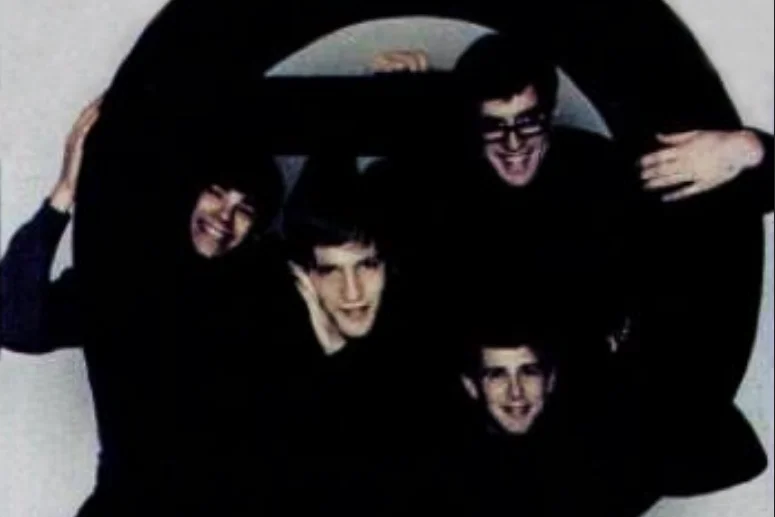
The Cyrkle, managed by Brian Epstein of Beatles fame, had their moment with “Turn-Down Day” in 1966. The song’s mellow, summery vibe made it a perfect reflection of its era. Along with “Red Rubber Ball,” it put the band briefly in the spotlight.
Yet, unlike their Beatles-connected hype, The Cyrkle’s fame didn’t last. After a couple of hits, they disappeared, and “Turn-Down Day” faded from memory. It’s a great example of how even well-connected acts could vanish overnight.
9. “Monday, Monday” – The Mamas and the Papas
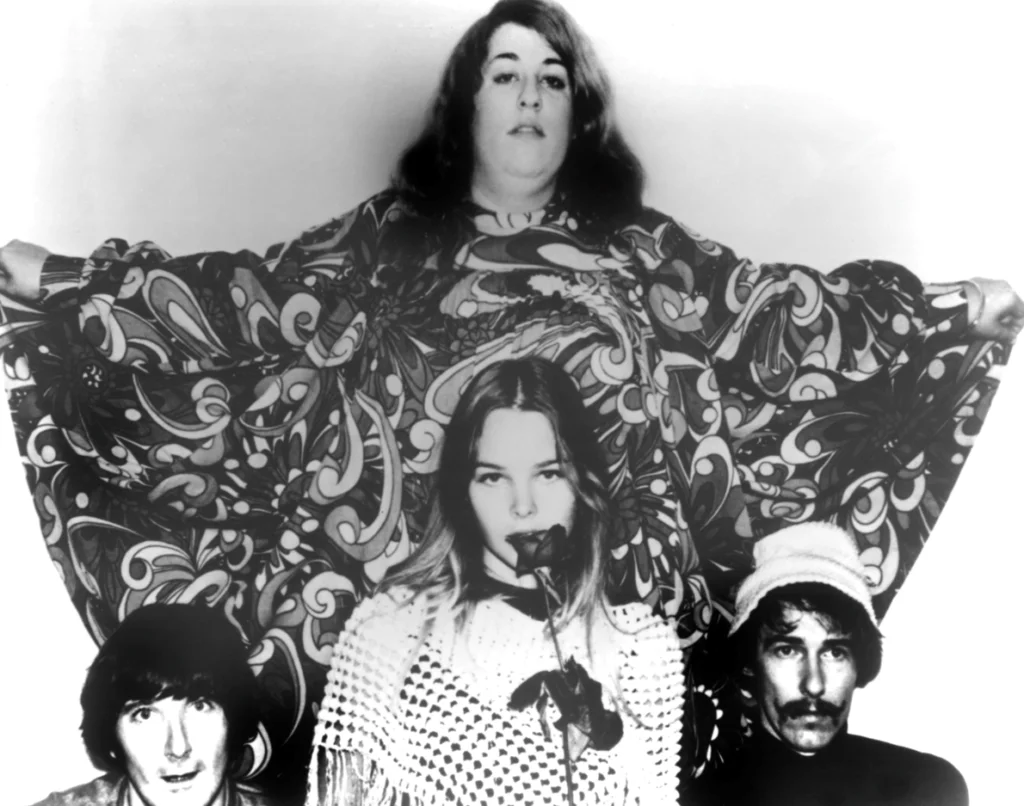
In 1966, “Monday, Monday” became the first song by a mixed-gender group to hit No. 1 on the Billboard Hot 100. With its lush harmonies and bittersweet lyrics, it captured the mellow yet emotional sound that defined The Mamas and the Papas. Everyone knew that opening line, and it earned the group a Grammy Award for Best Pop Performance.
Yet despite its huge success, “Monday, Monday” has largely been overshadowed by the band’s other enduring classic, “California Dreamin’.” It’s rarely heard on radio today, even though it was once unavoidable. For a brief moment, this song was the anthem of groggy mornings everywhere, but now it’s often left off nostalgic playlists.
10. “Baby It’s You” – The Shirelles
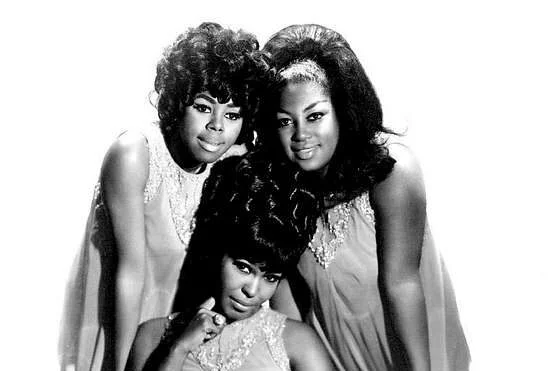
The Shirelles were trailblazers for girl groups, and “Baby It’s You” was one of their standout hits in 1961. Written by Burt Bacharach and Luther Dixon, the soulful ballad had a timeless quality. It showcased their smooth harmonies and emotional depth.
But while the group is remembered for “Will You Love Me Tomorrow,” “Baby It’s You” hasn’t held the same spotlight. It was covered by The Beatles later, but the Shirelles’ original has been mostly forgotten outside of hardcore fans. Still, it was a huge hit in its day.
11. “Aquarius/Let the Sunshine In” – The 5th Dimension
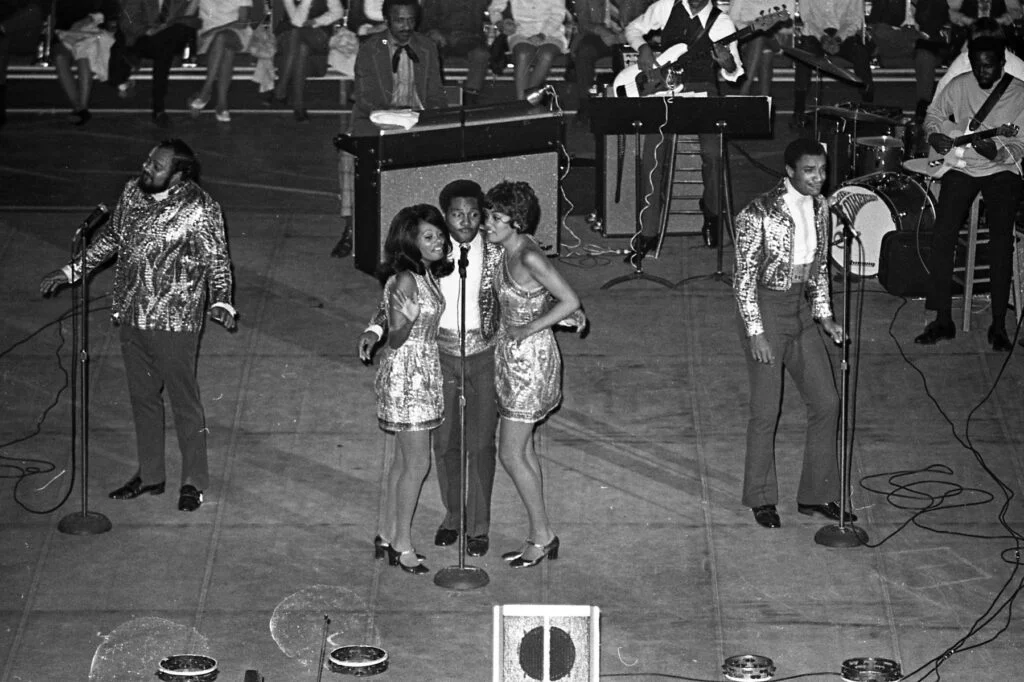
When The 5th Dimension recorded this medley from the musical Hair in 1969, it exploded onto the charts. The song’s blend of cosmic optimism and soulful harmonies captured the hippie spirit of the time, and it went straight to No. 1. For months, it felt like the entire world was singing about the dawning of the Age of Aquarius, and the group suddenly found themselves at the center of a cultural wave. It was bold, bright, and perfectly timed for the late ’60s.
But over the decades, its presence has faded. Other anthems of the era, from Jimi Hendrix to Janis Joplin, ended up with longer-lasting influence. The 5th Dimension still perform, and fans remember this song as their signature moment, but it rarely gets played compared to other late-’60s hits. Once unavoidable, “Aquarius/Let the Sunshine In” has become more of a time capsule than a staple.
12. “Crimson and Clover” – Tommy James & The Shondells
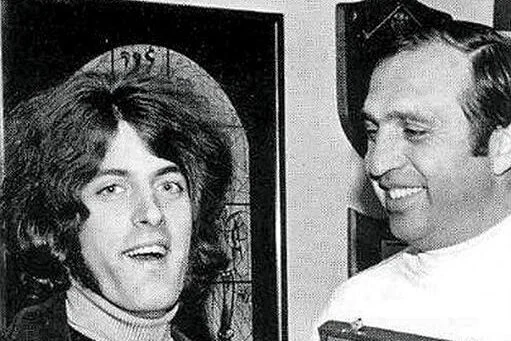
Released in 1968, “Crimson and Clover” marked a dramatic shift in style for Tommy James & The Shondells. Known for their upbeat pop hits like “Mony Mony,” the band suddenly embraced psychedelic sounds. With its swirling guitars, dreamy vocals, and hypnotic repetition, the song captured a whole new audience and shot to No. 1. It became a defining track of the psychedelic era and showed the band could evolve with the times.
Still, despite its initial success, “Crimson and Clover” has slowly slipped from mainstream playlists. Other psychedelic anthems have overshadowed it, and younger generations often don’t realize how big it once was. Fans of ’60s rock still treasure it, but compared to the band’s more party-friendly songs, it feels like a forgotten gem. At its peak, though, it was impossible to escape.


